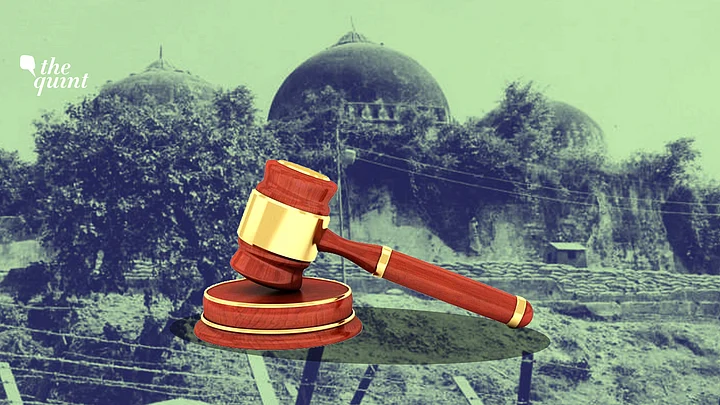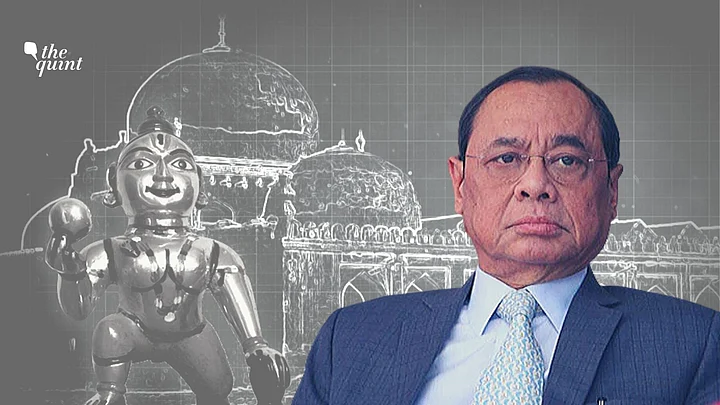

The Ayodhya verdict is out. A five-judge Bench of the Supreme Court led by CJI Ranjan Gogoi delivered the verdict in the Ram Janmabhoomi-Babri Masjid case on 9 November. We have the full text of the verdict for you.
The verdict gave the disputed land to the Centre and ordered that a trust be set up in three months to oversee the building of a temple and said that 5 acres of land in a “prominent area” in Ayodhya will be allocated to the Sunni Waqf Board for the construction of a mosque.
Here are some excerpts from the Ayodhya land dispute case verdict:
“This Court is tasked with the resolution of a dispute whose origins are as old as the idea of India itself. The events associated with the dispute have spanned the Mughal empire, colonial rule and the present constitutional regime. Constitutional values form the cornerstone of this nation and have facilitated the lawful resolution of the present title dispute through forty-one days of hearings before this Court.”

“On 6 December 1992, the structure of the mosque was brought down and the mosque was destroyed. The destruction of the mosque took place in breach of the order of status quo and an assurance given to this Court. The destruction of the mosque and the obliteration of the Islamic structure was an egregious violation of the rule of law.”
“The Hindus assert that there existed at the disputed site an ancient temple dedicated to Lord Ram, which was demolished upon the conquest of the Indian sub-continent by Mughal Emperor Babur. On the other hand, the Muslims contended that the mosque was built by or at the behest of Babur on vacant land.”
“The disputed site has been a flash point of continued conflagration over decades. In 1856-57, riots broke out between Hindus and Muslims in the vicinity of the structure. The colonial government attempted to raise a buffer between the two communities to maintain law and order by set ting up a grill-brick wall having a height of six or seven feet. This would divide the premises into two parts: the inner portion which would be used by the Muslim community and the outer portion or courtyard, which would be used by the Hindu community.”